Wexford, Pennsylvania 04/04/2014 – Neya Systems will demonstrate its UCS-compliant mission planning and management software on the Lockheed Martin autonomous Kamen K-MAX helicopter in Q4 2014. Under a Phase III SBIR grant, Neya will demonstrate task-based mission planning and in-field tactical command and control of the K-MAX helicopter, for tasks related to unmanned casualty evacuation and cargo resupply. Neya’s software is designed to provide maximum flexibility at mission-design time, while presenting an easy to use task-oriented lower-echelon usable interface at mission run time. Neya’s software runs on android handhelds, which have been approved for deployment by the United States Army.
Neya Systems’ Mission Planning and Management System (MPMS) has been in development for the past three years and is tailored towards providing heterogeneous platform behavior orchestration, while allowing for combined off-line and tactical mission management. Originally developed with unmanned ground vehicles in mind, MPMS has been extended to support unmanned aerial systems and joint operations between the two.
Under this Phase III SBIR, Neya will work with Lockheed Martin to integrate VERTI, which is an extension of MPMS developed under an Army Telemedicine and Advanced Technology Research Center (TATRC) SBIR to focus on casualty evacuation and cargo resupply missions.
VERTI allows for pre-mission planning using an interface that is familiar to mission planners who are already familiar with Air Tasking Orders and existing planning tactics, techniques, and procedures. The pre-mission planning phase is intended to allow an in-field medic or other soldier to rapidly call up a desired mission (e.g. Cargo Resupply), and populate mission parameters such as drop-off location, landing zone conditions, and any flight restrictions.
VERTI moves away from traditional “functional” user interfaces, which focus on direct control of specific payloads, platforms, and sensors. Instead, VERTI presents a context-aware, mission-specific interface that walks the user through the steps required for a particular mission, while allowing him to make changes to critical parameters as the tactical situation changes in real time.
“We are very happy to be partnered with Lockheed on this effort, and feel that the K-MAX, with its successful history of providing autonomous cargo delivery support in Afghanistan, is the ideal demonstrator platform for our new C2 capability,” said Dr. Parag Batavia, president of Neya Systems.
Demonstrating VERTI on K-MAX is a large step towards proving out the capabilities and readiness of this technology.
The unmanned K-MAX is a robust platform performing daily resupply operations in Afghanistan,” says Dr. Jeffrey Poulin, Engineering Fellow at Lockheed Martin. “The optionally piloted vehicle, with an open architecture on-board autonomy suite, provides a framework for integrating and maturing next-generation control systems and technologies to rapidly deploy capability in a cost efficient manner.”
Distribution A: Approved for Public Release




